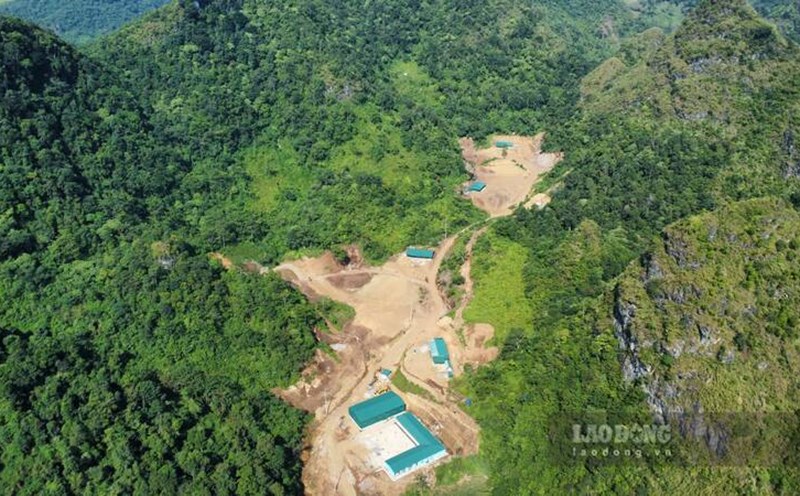At the Applied Conservation Technology Congress organized by WWF-Vietnam and WWF-USA on November 6 in Hanoi with the participation of 450 domestic and foreign delegates, the results of the survey of the largest camera traps in Vietnam and Southeast Asia were announced.
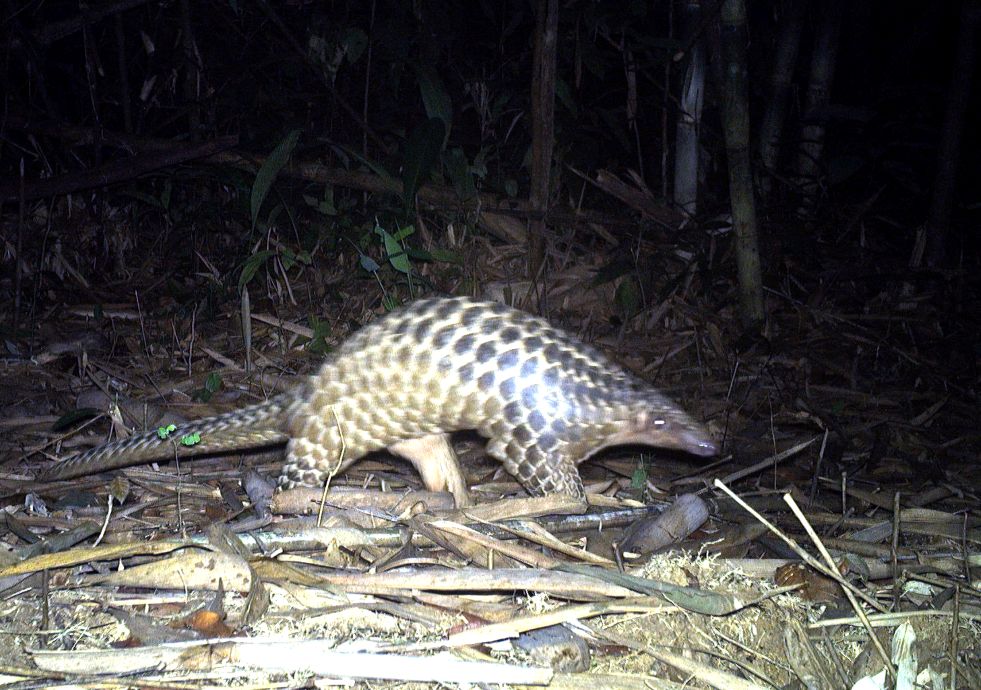
This is an activity within the framework of the Biodiversity Conservation Project funded by USAID, in coordination with local Forest Management Boards and the Leibniz Wildlife Research Institute. The results of a survey of more than 350,000 photo traps in 21 Special-use and Protected Forests collected data and recorded about 120,000 wild animals. Of which, there are at least 49 species of reptiles and 11 species of amphibians, with 9 species endemic to Trung Truong Son and 22 species globally threatened.

Most notably are records of large bears, large horse bears and thunderstorms - these are rare records of these species in the past two decades. In particular, the occurrence rate of pangolins has increased in many areas, especially in Cat Tien National Park... all of which are signs of a significant increase in species richness. Notably, in 16 areas, the richness of animals and birds is on the rise - a positive sign for the recovery of the ecosystem.
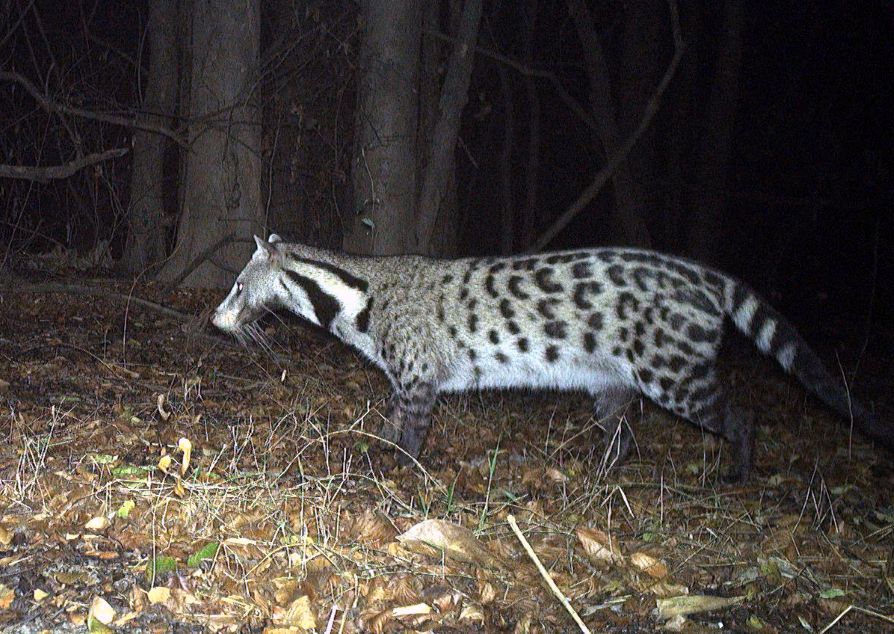
This shows that Vietnam's forests are still home to many species of valuable animals of global value, still among the most diverse biodiversity areas in the world. However, the absence of mid- or large carnivores and herbivores (such as tigers, apricot blossom leopards, reindeer, Asian yellow-legged forest cats, and starlings) shows the consequences of long-term trapping for decades.
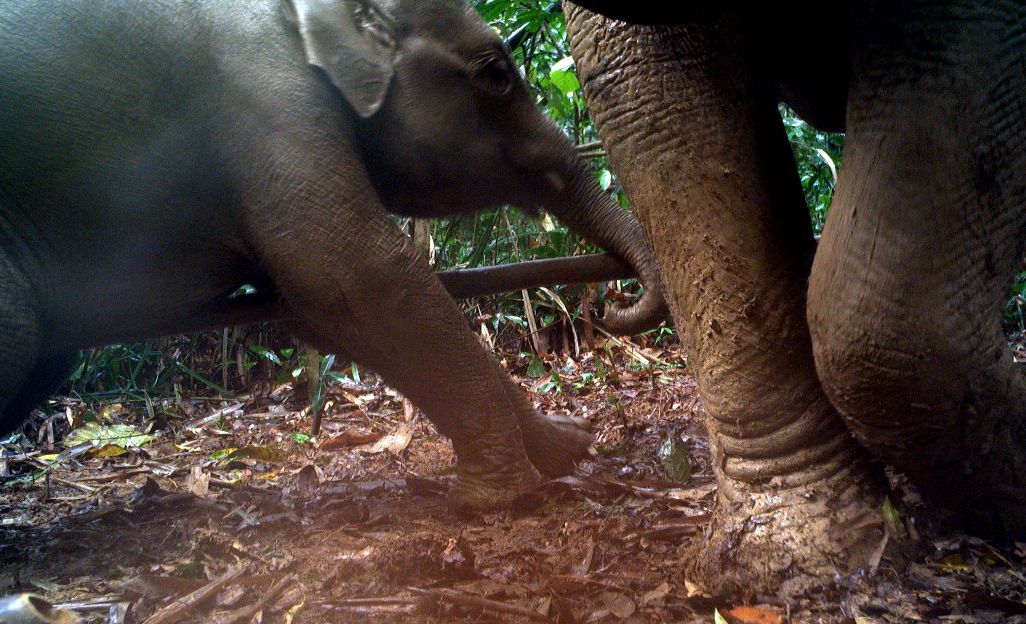
"Exciting signs of recovery show that nature can be reborn when the opportunity arises. However, a sustainable recovery can only be achieved if there is close and long-term cooperation between authorities at all levels, communities and conservation partners to end threats to wildlife, especially the widespread trap. Mr. Nguyen Quang Hoa Anh, Biodiversity expert, WWF-Vietnam, shared.
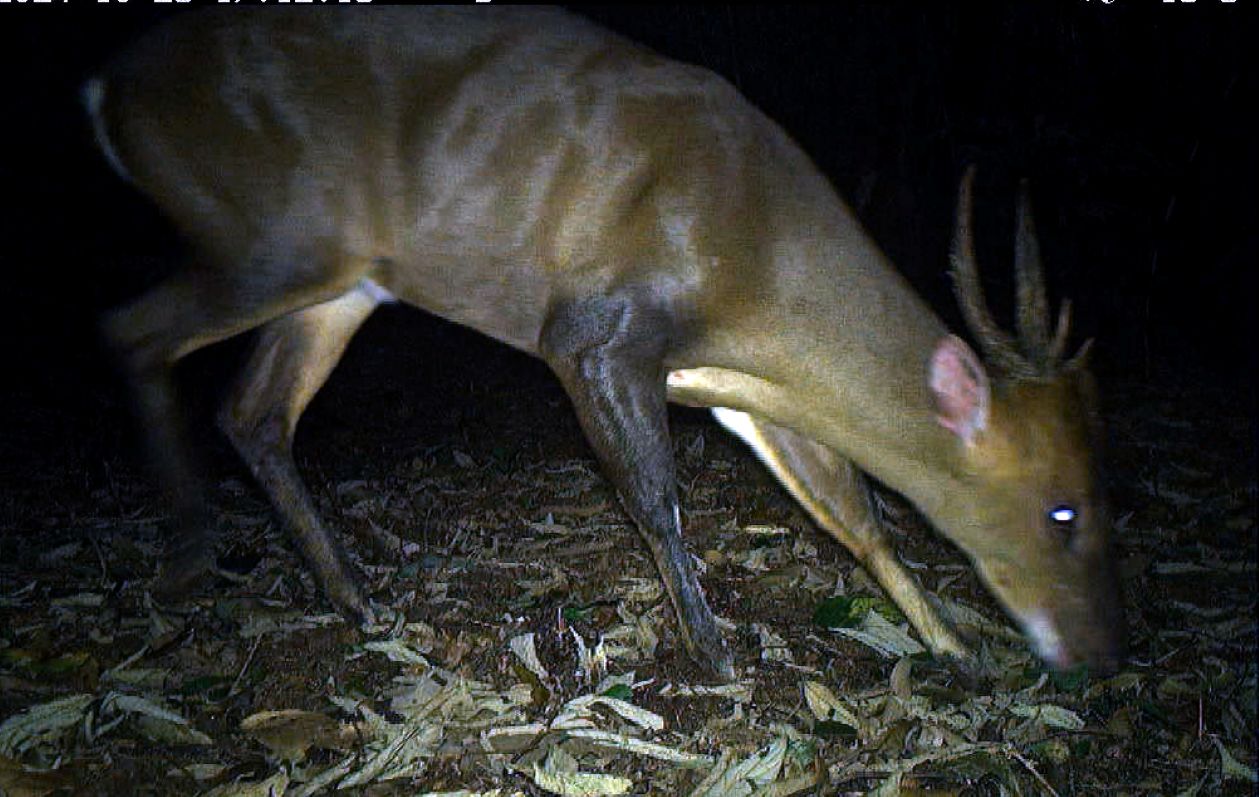
The report also recommends repeating periodic biodiversity surveys every 3-5 years to long-term monitor wildlife species in Vietnam. At the same time, it meets domestic and international conservation commitments. In the future, the survey will need one or more state-owned research institutes to be in charge, due to the complexity of implementing surveys and analyzing data.
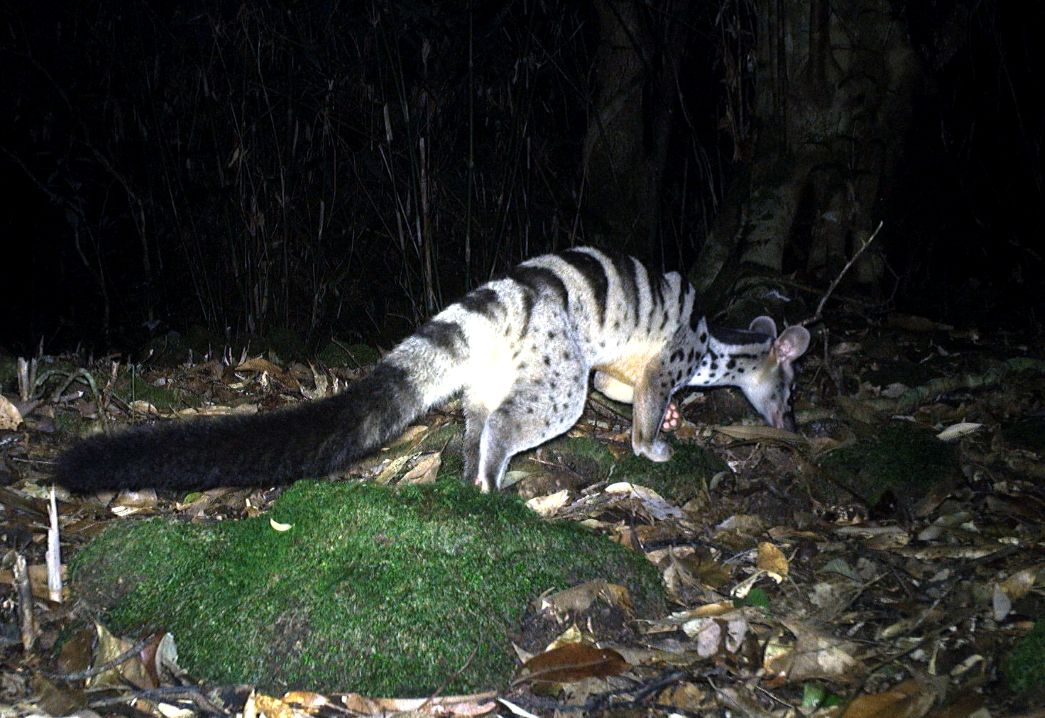
In particular, the report calls on conservation organizations and governments to strengthen law enforcement, end trap setting and consider programs to release wildlife to their previous habitats, or to habitats with too few populations, helping to maintain and restore Vietnam's forest ecosystems.


